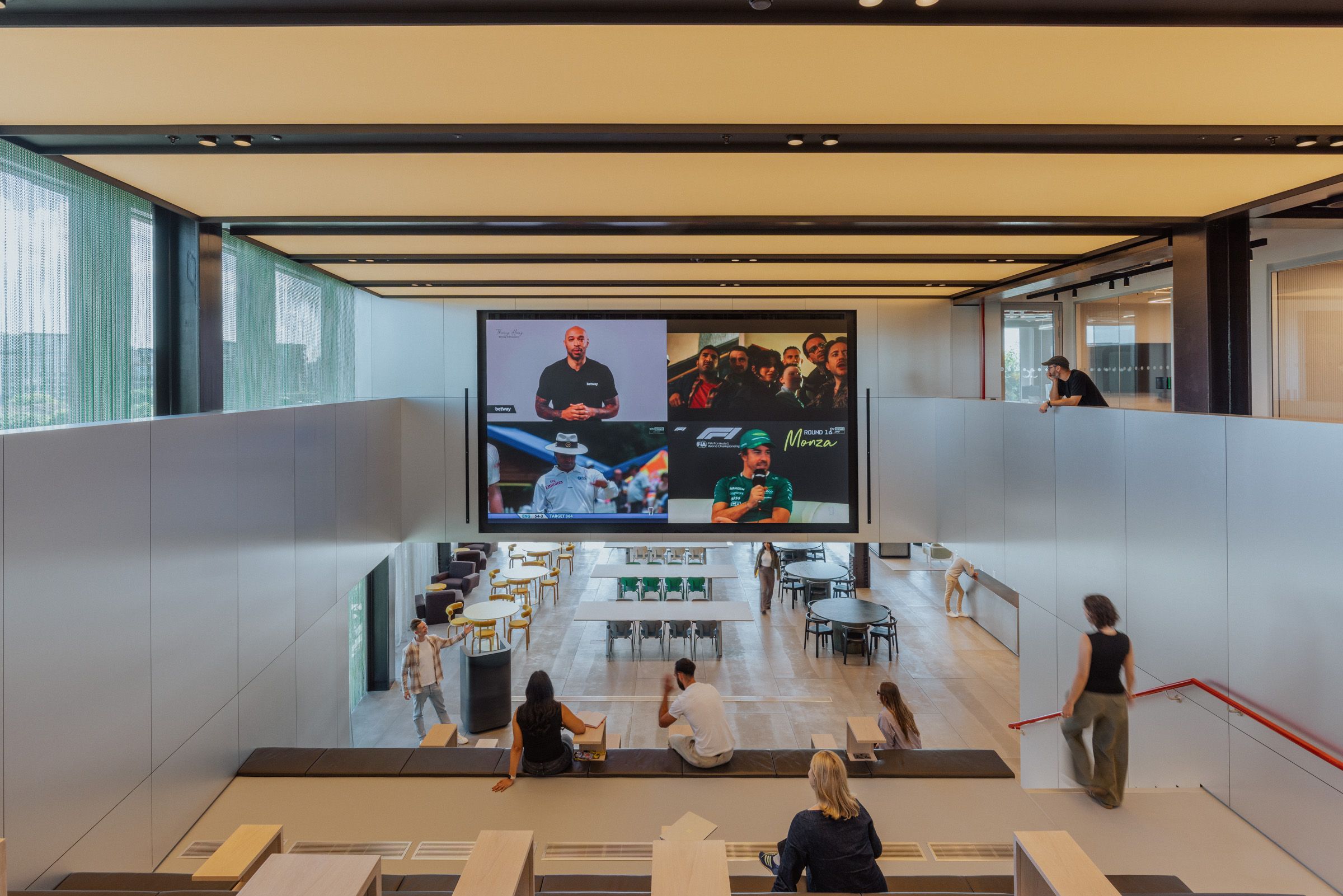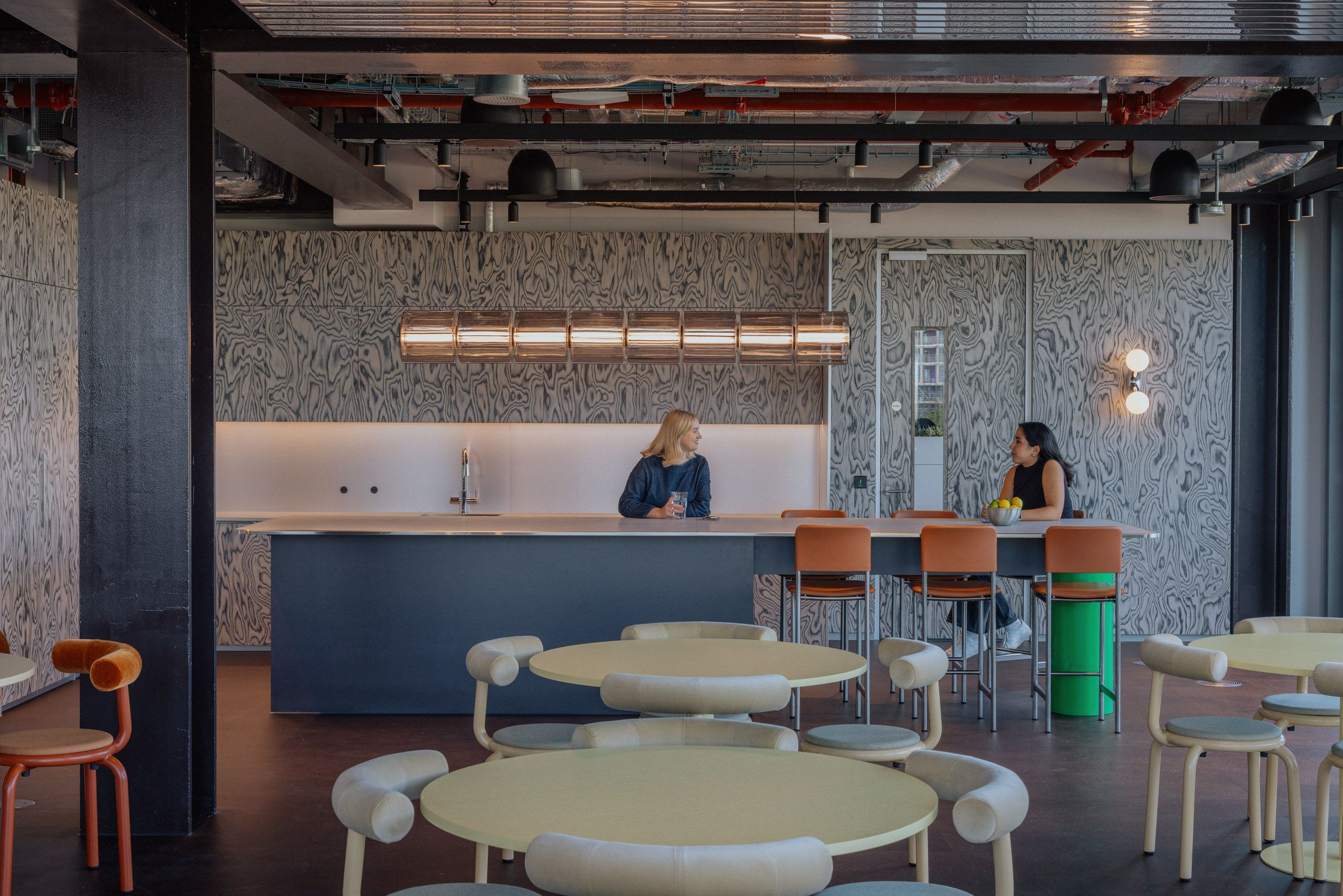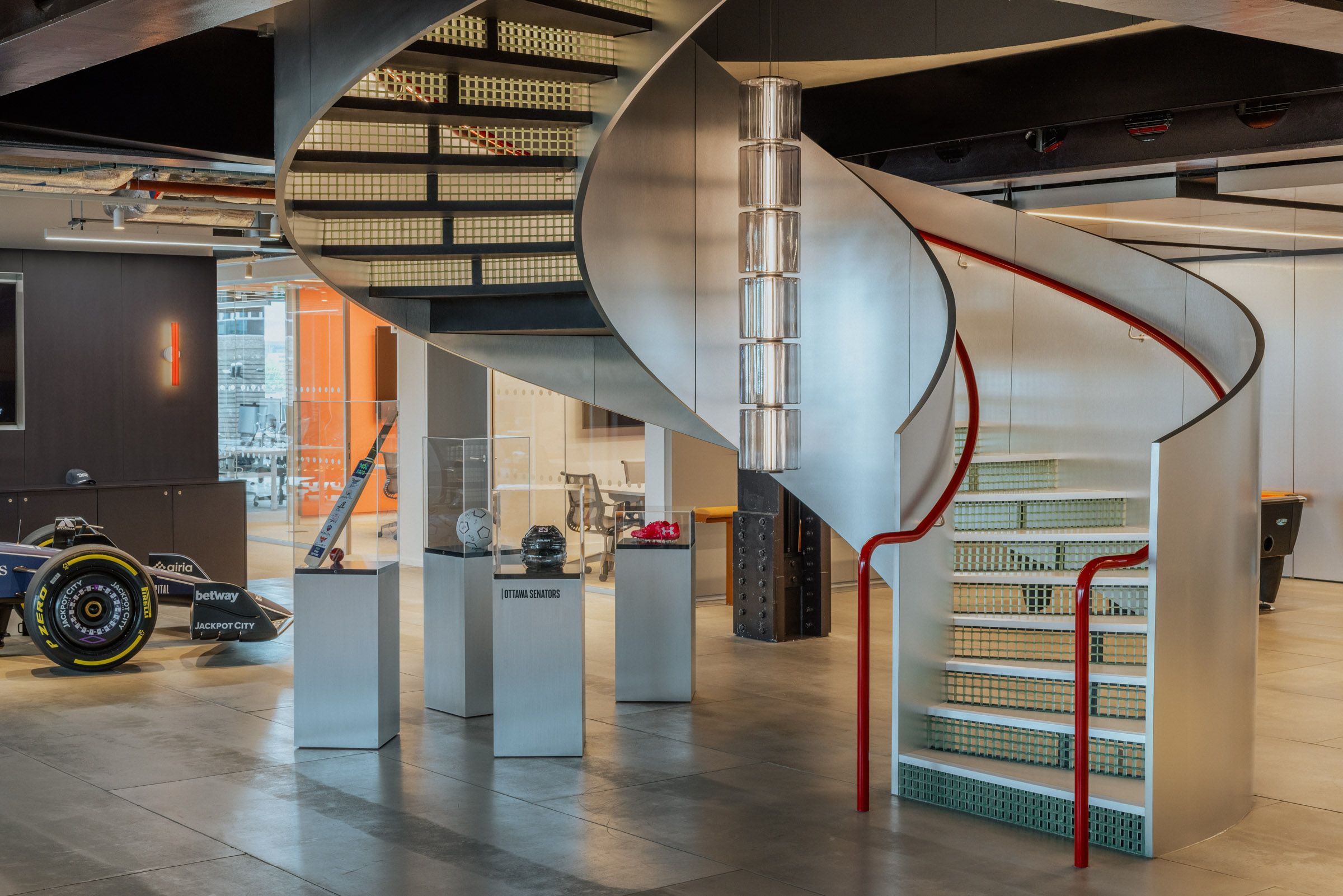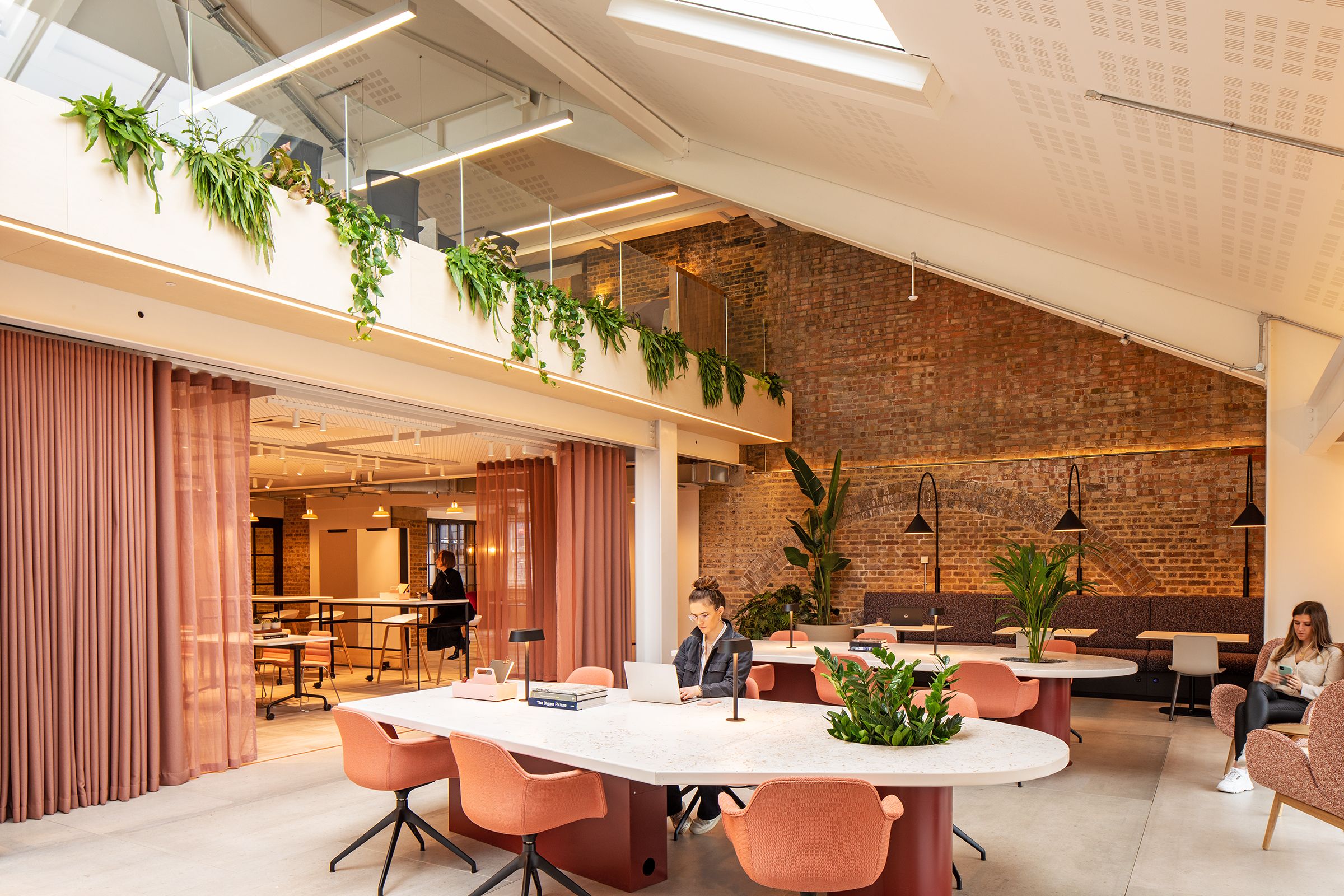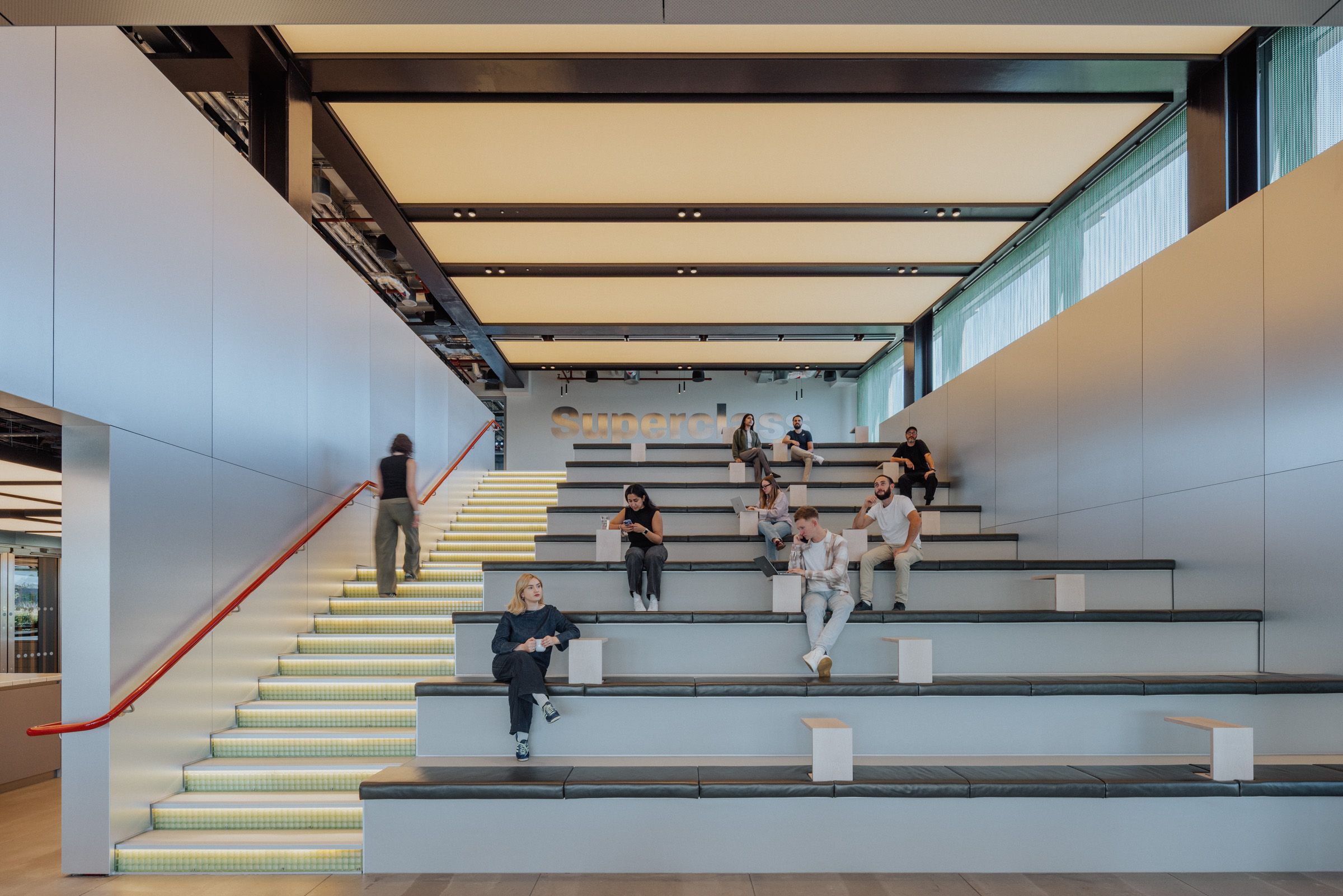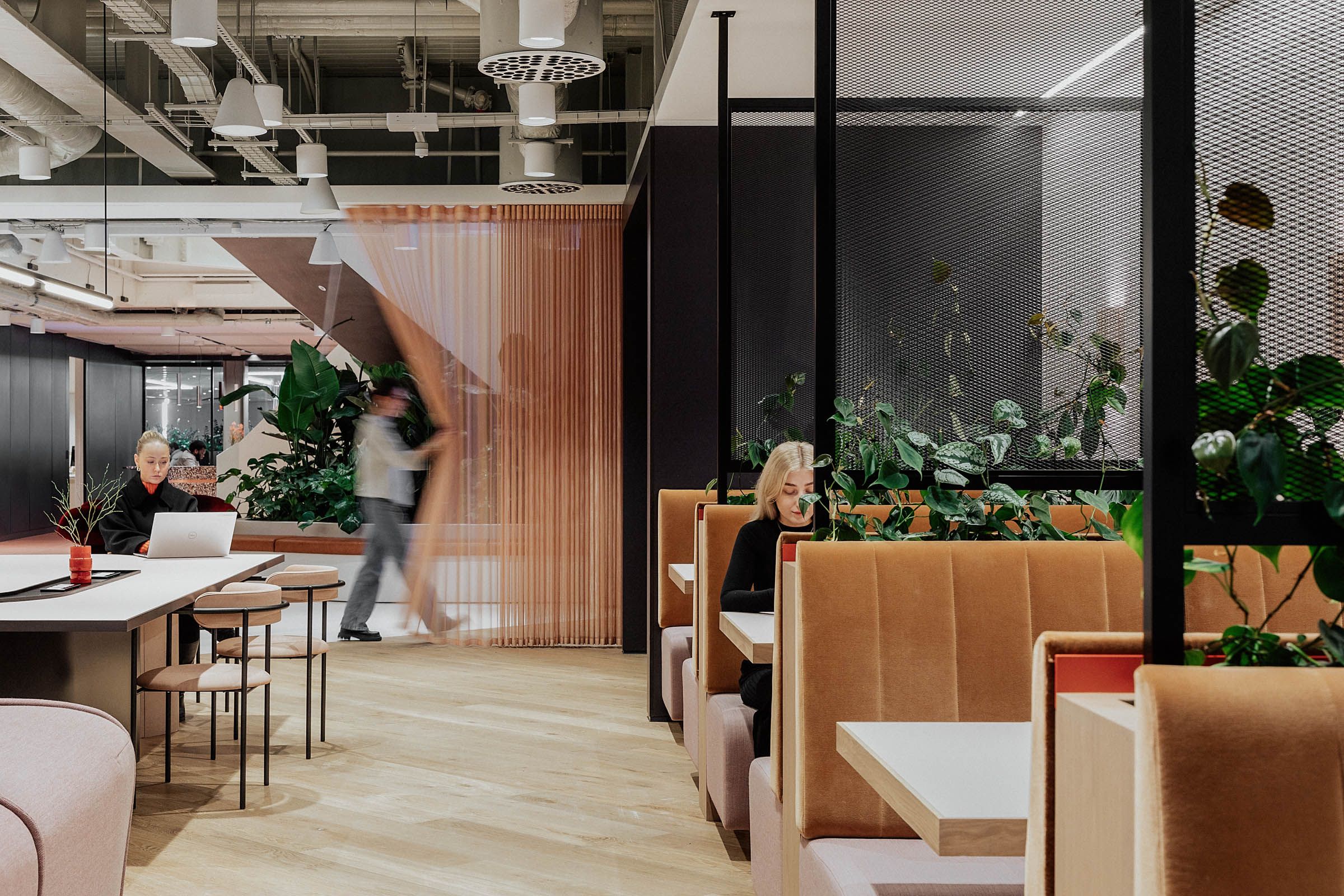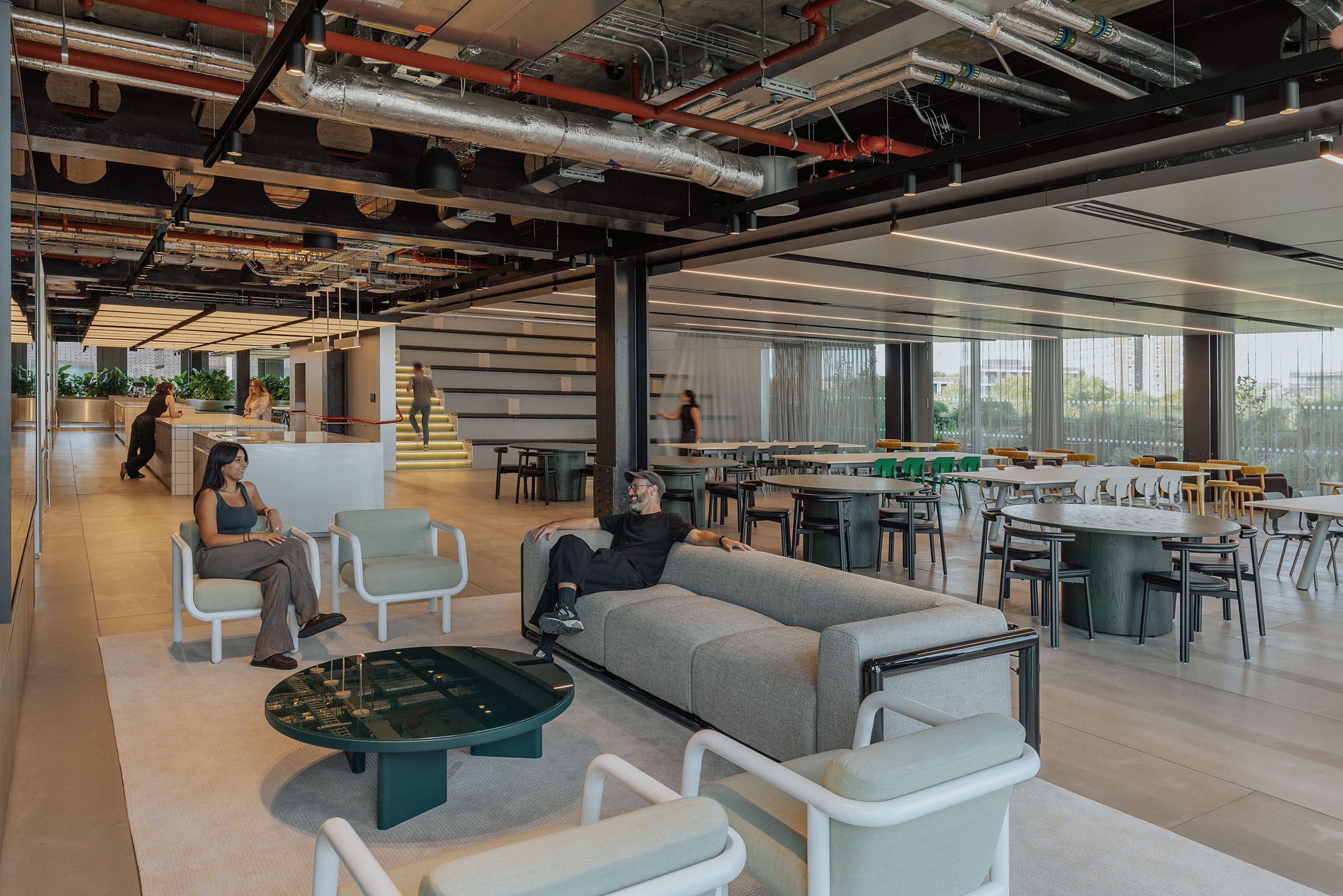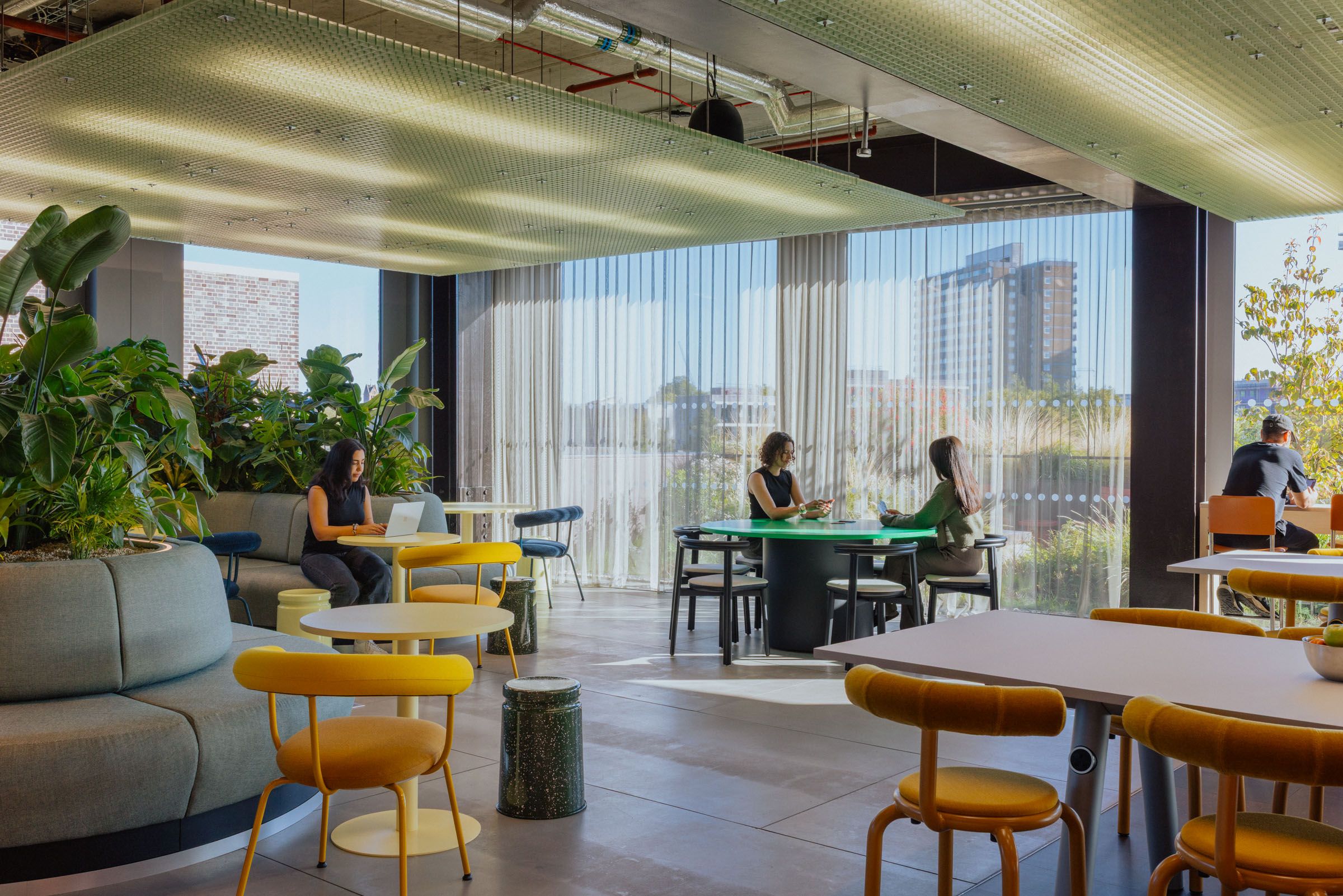
CEOs aren’t calling people back to the office out of sentimentality or overarching sense of control. They’re responding to a critical risk: the erosion of culture.
At Basha-Franklin we design workspace to enhance culture - adding value that keeps on giving.
Culture is not a perk. It’s the backbone of performance, innovation, and trust. When it weakens, so does an organisation’s ability to adapt, compete, and grow.
Hybrid and decentralised work have unlocked flexibility, but they’ve also tested the cultural glue that binds organisations together. The shift is subtle, but the consequences are profound.
When left unaddressed, this loss creates deep fractures: disconnection, disengagement, and decline in performance.
To create a high-performing culture, the solutions must be multifaceted. Rebuilding cultural strength requires leadership that tackles these challenges head-on, putting culture at the heart of business strategy. As part of this multifaceted approach, workplace design plays a pivotal role, giving culture a physical platform to grow, connect, and succeed. At Basha-Franklin, we partner with organisations to design environments that do exactly that, turning space into a strategic asset for cultural and commercial success.
